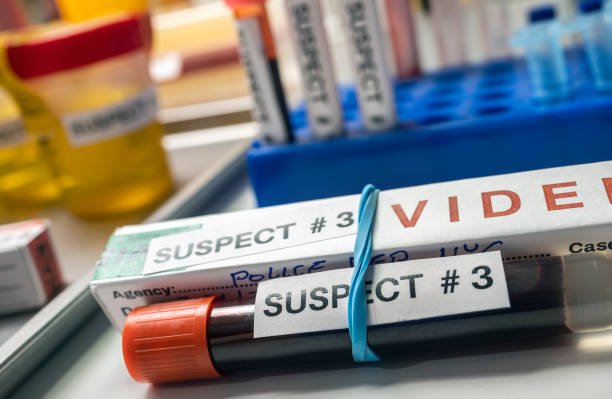An Introduction to Saliva Drug Tests: How They Work and Their Advantages

Saliva drug tests are becoming an increasingly popular method for detecting recent drug use due to their ease of use, quick results, and non-invasive nature. Used in various contexts, from workplace drug screenings to law enforcement roadside checks, saliva tests provide a convenient way to assess a person’s recent drug consumption. This article provides an overview of how saliva drug tests work, what substances they can detect, and their benefits and limitations.
What is a Saliva Drug Test?
Saliva drug tests are designed to detect drugs or their metabolites in a person’s saliva. After a person uses a drug, the substance enters the bloodstream and can be detected in the saliva through the salivary glands. The test typically involves using a cotton swab or a special device to collect a saliva sample from inside the person’s mouth. This sample is then analyzed for the presence of drugs or their metabolites, which indicate recent drug use.
Saliva drug tests are often used to detect substances that have been used recently, typically within the last few hours to days, making them ideal for identifying impairment or recent consumption.
Drugs Detected by Saliva Tests
Saliva tests can detect a wide range of substances, especially those that have been used in the short term. Some common drugs that can be identified by saliva tests include:
Marijuana (THC) – THC, the active ingredient in marijuana, can be detected in saliva for up to 72 hours, depending on the frequency of use. Chronic users may test positive for longer.
Cocaine – Cocaine metabolites typically remain detectable in saliva for up to 2 days after use.
Opioids – Opioids, including heroin, morphine, and prescription painkillers, can be detected within hours of use and up to 1-2 days.
Amphetamines – Drugs like methamphetamine, ecstasy, and other stimulants can be detected for up to 24 hours in saliva.
Benzodiazepines – Prescription medications like Xanax and Valium may be detected in saliva for up to 2 days after use.
Alcohol – Though less commonly tested in saliva, alcohol can be detected for up to 12-24 hours after consumption.
Benefits of Saliva Drug Tests
Saliva drug tests offer several advantages that make them a favored choice for many applications:
- Non-Invasive – Saliva tests do not require needles or blood samples, which makes them less invasive and more comfortable for the person being tested.
- Quick Results – Saliva drug tests provide results in a relatively short period of time, often within minutes. This makes them particularly useful for roadside testing, workplace screenings, and other situations where fast results are necessary.
- Low Risk of Tampering – Unlike urine samples, which can be substituted or adulterated, it is much harder to tamper with saliva samples, ensuring more reliable results.
- Detection of Recent Use – Saliva tests are effective at detecting drugs that have been used recently, typically within the past 24-72 hours. This is useful for identifying current drug use or impairment.
Limitations of Saliva Drug Tests
While saliva drug tests have several advantages, they also come with some limitations:
- Short Detection Window – Saliva tests are most effective at detecting recent drug use. They typically detect drugs used in the past few hours to days, but they cannot identify long-term or chronic use.
- Limited Range of Substances – Saliva tests are not as comprehensive as other drug tests, such as urine or blood tests. They may not detect all types of drugs, particularly certain synthetic drugs or anabolic steroids.
- False Positives and Negatives – Like all drug tests, saliva tests are not perfect and may produce false positive or false negative results. This can happen due to contamination of the sample or interactions with medications.
Conclusion
Saliva drug tests offer a simple, fast, and effective way to detect recent drug use. They are non-invasive, quick, and hard to tamper with, making them an ideal choice for on-the-spot testing in a variety of settings, including workplaces, schools, and law enforcement checkpoints. While they have limitations, such as a short detection window and the inability to detect certain substances, they remain a valuable tool in ensuring safety and compliance. As with any drug test, it is important to interpret the results carefully and, when necessary, follow up with additional testing.



